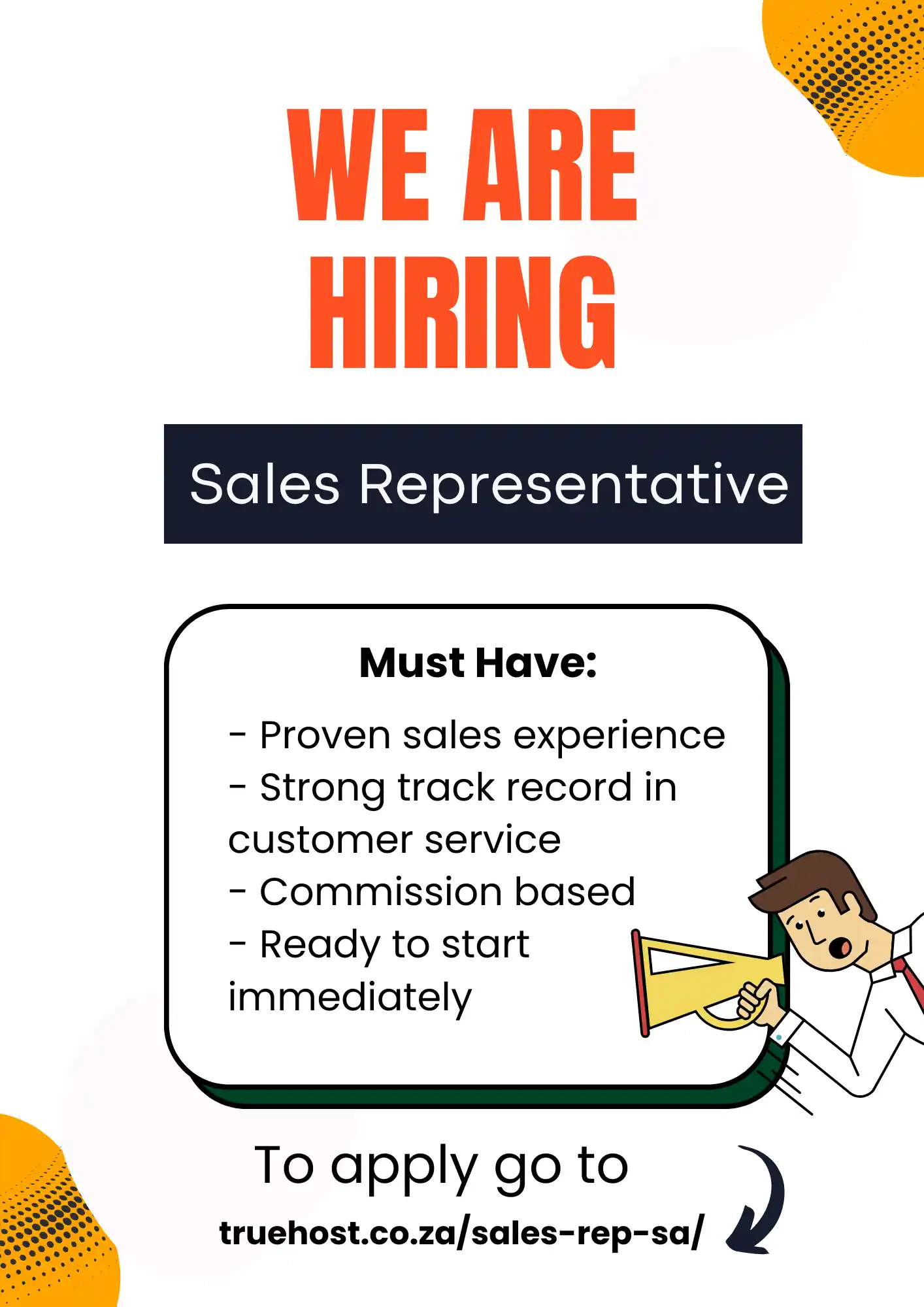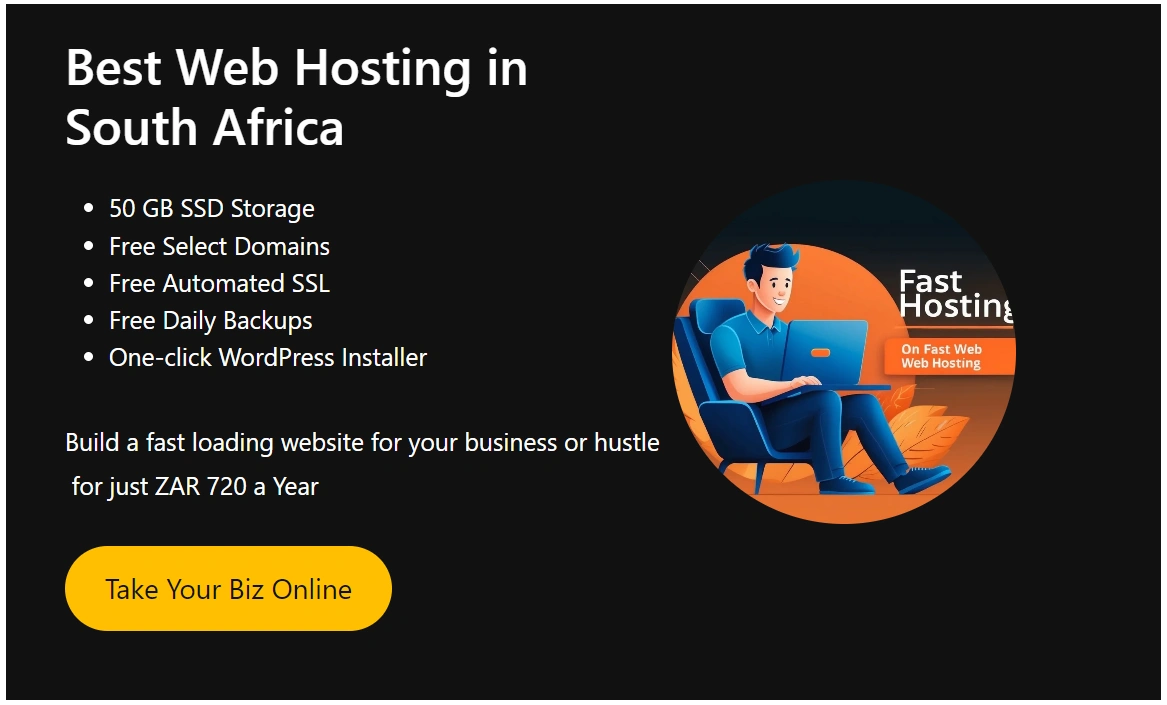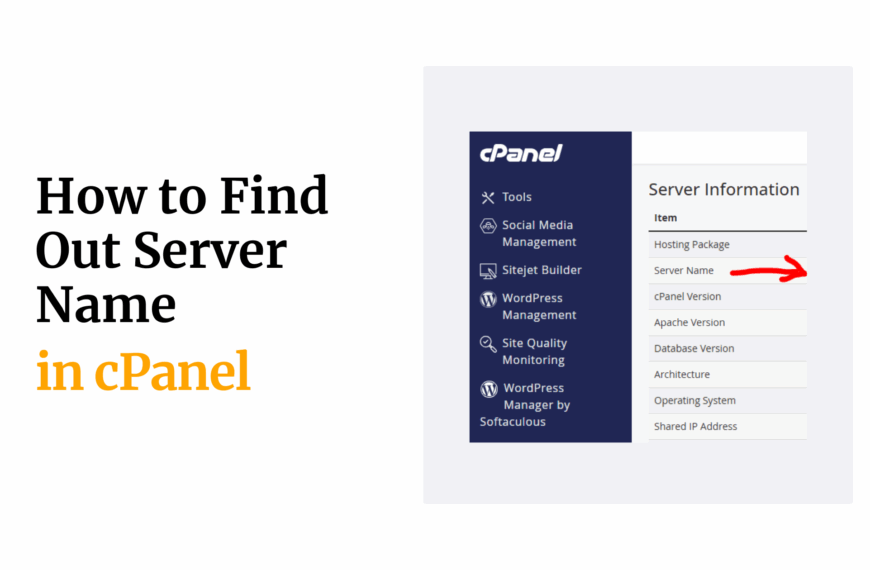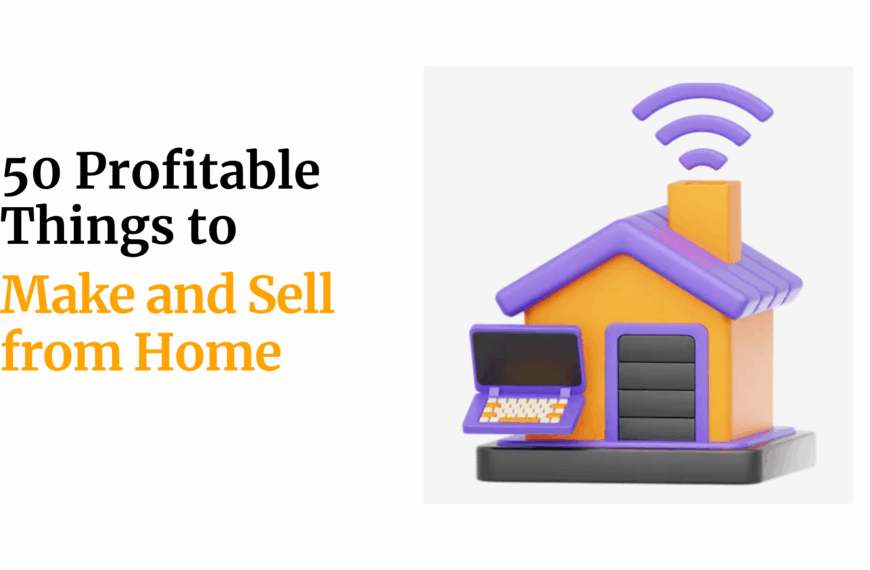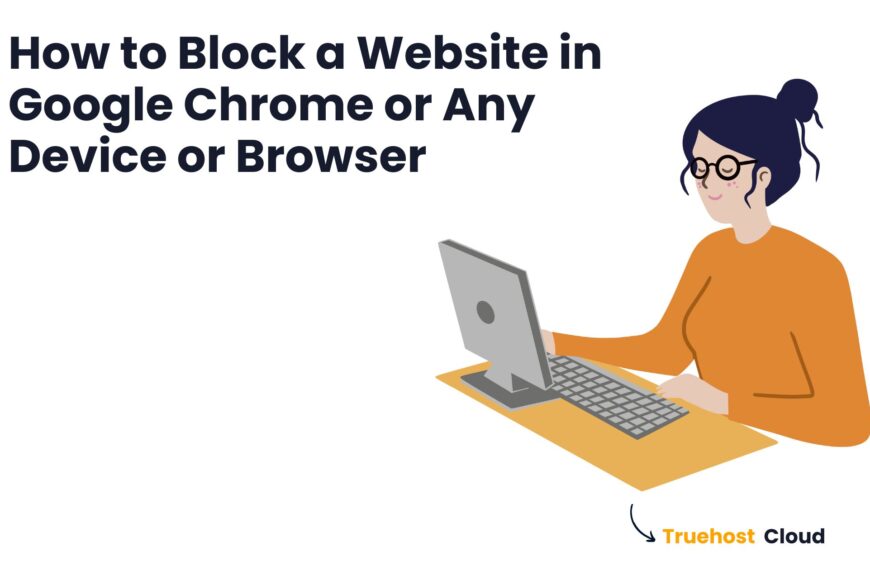South Africa’s e-commerce industry is growing fast, making it a great time to start a dropshipping business.
With more people shopping online and better logistics in place, you can build a profitable online store without handling inventory yourself.
To succeed, you need to understand the market, follow legal requirements, and choose reliable suppliers.
This guide will break everything down step by step.
Table of Contents
About the South African Dropshipping Market
Why Dropshipping Works in South Africa
eCommerce in South Africa is expanding quickly.
Online sales grew by 40% between 2024 and 2025, and more customers prefer shopping from the comfort of their homes.
The current penetration rate of eCommerce in South Africa stands at 49%, with projections saying this could hit 60% by the year 2028.
The best part? You don’t need a warehouse or upfront stock investment. You only purchase products from suppliers when customers order from you.
What Products Sell Best?
Some of the most popular product categories in South Africa include:
- Electronics – Smartphones, gadgets, accessories
- Fashion – Streetwear, athleisure, trendy shoes
- Home goods – Kitchenware, home decor, furniture
- Beauty products – Skincare, haircare, organic cosmetics
- Eco-friendly items – Reusable straws, biodegradable packaging, solar-powered gadgets
💡 Tip: Use tools like Google Trends, X (formerly Twitter), and Takealot to research trending products in South Africa.
Choosing the Right Suppliers
When sourcing products, you have two main options:
- Local suppliers – Faster shipping (2-5 days), better customer trust
- International suppliers – More variety, lower costs but longer delivery times
A hybrid approach works best. Use local suppliers for fast-moving products and international suppliers for unique, high-demand items.
Legal and Regulatory Requirements
Running a dropshipping business in South Africa requires you to follow certain laws to stay compliant and avoid penalties.
1) Registering Your Business
To operate legally, you must register your business with the Companies and Intellectual Property Commission (CIPC).
You can choose from different structures like:
- Sole Proprietorship – Best for small businesses
- Private Company (Pty) Ltd – Ideal for growth and credibility
2) Tax Compliance
You need to register with SARS (South African Revenue Service) and get a tax number.
If your business earns over R1 million per year, VAT registration is mandatory.
3) Consumer Protection Laws
Dropshipping businesses must comply with the Consumer Protection Act (CPA) and Electronic Communications Act to ensure fair transactions. These laws cover:
- Customer refunds and returns
- Data protection for online shoppers
- Honest product descriptions and advertising
📌 Pro Tip: Use trusted payment gateways like PayFast and Yoco to handle secure transactions in South African Rands (ZAR).
Evaluating and Partnering with Suppliers
A strong supplier network is the backbone of your dropshipping business. If suppliers fail, your business suffers.
1) What Makes a Good Supplier?
Look for suppliers that provide:
✅ Consistent stock levels – Avoid suppliers who often run out of inventory
✅ High-quality products – Read reviews, order samples
✅ Fast delivery times – Local suppliers can deliver in 2-5 days
✅ Accurate product descriptions – To avoid customer complaints
✅ Clear return policies – To handle refunds smoothly
Some of the best dropshipping suppliers in South Africa include:
| Supplier | Specialties | Delivery Time |
|---|---|---|
| CJDropshipping | Wide product variety | Varies |
| Spocket | Quality-checked products | 5-15 days |
| ParcelNinja | Local warehouse solutions | 2-5 days |
Shipping and Delivery Best Practices
Shipping plays a huge role in customer satisfaction. Long delivery times lead to complaints and refunds.
1) Using Fast & Reliable Delivery Services
South Africa has several reliable shipping options, including:
- The Courier Guy – Popular for local deliveries
- Aramex – Good for nationwide shipping
- ParcelNinja – Ideal for bulk order fulfillment
🔍 Key Tip: Always offer order tracking so customers can check their delivery status.
2) Setting the Right Shipping Costs
Avoid losing customers due to high shipping fees.
Here’s how to manage costs:
✔ Offer free shipping on certain orders to encourage sales
✔ Use flat-rate shipping to simplify pricing
✔ Negotiate with suppliers for better bulk rates
💡 Bonus: Consider including shipping costs in product prices to advertise “free shipping.”
Building Strong Supplier Relationships
Success in dropshipping depends on reliable partnerships with your suppliers.
1) Communicating Effectively
- Schedule regular check-ins with suppliers (weekly or monthly)
- Use clear and professional language when discussing orders
- Create a shared tracking document for order updates
2) Negotiating Better Deals
Start with small orders to test suppliers before committing to large volumes.
When negotiating, focus on:
🔹 Bulk discounts – Ask for lower prices for larger orders
🔹 Faster shipping times – See if they offer express delivery options
🔹 Flexible return policies – Ensure refunds and replacements are available
✍️ Always get agreements in writing to avoid disputes.
Final Thoughts
Dropshipping in South Africa offers huge opportunities, but success depends on:
- Choosing the right products
- Following legal guidelines, and
- Working with reliable suppliers.
By applying these best practices, you can build a profitable dropshipping business that stands out in the competitive e-commerce market.
💡 Take action today! Start by researching trending products and registering your business to kick off your dropshipping journey.
 Web Hosting
Web Hosting Windows HostingBuilt for Windows apps and websites – stability, speed and flexibility
Windows HostingBuilt for Windows apps and websites – stability, speed and flexibility Reseller HostingLaunch a hosting business without technical skills or expensive infrastructure
Reseller HostingLaunch a hosting business without technical skills or expensive infrastructure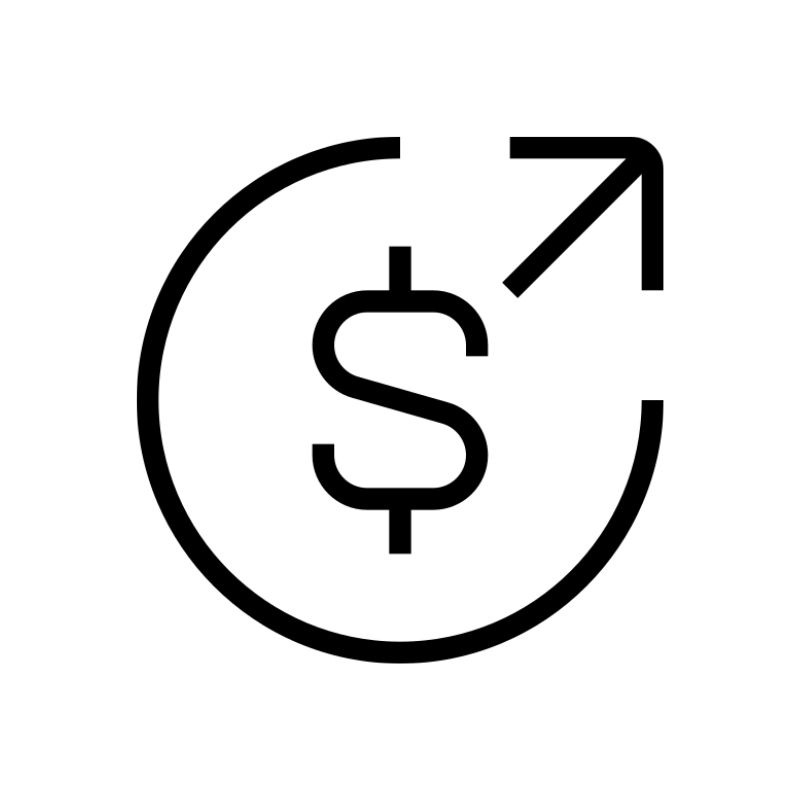 Affiliate ProgramRefer customers and earn commissions from sales across our platform
Affiliate ProgramRefer customers and earn commissions from sales across our platform Domain SearchFind and secure a domain name in seconds with our quick lookup tool
Domain SearchFind and secure a domain name in seconds with our quick lookup tool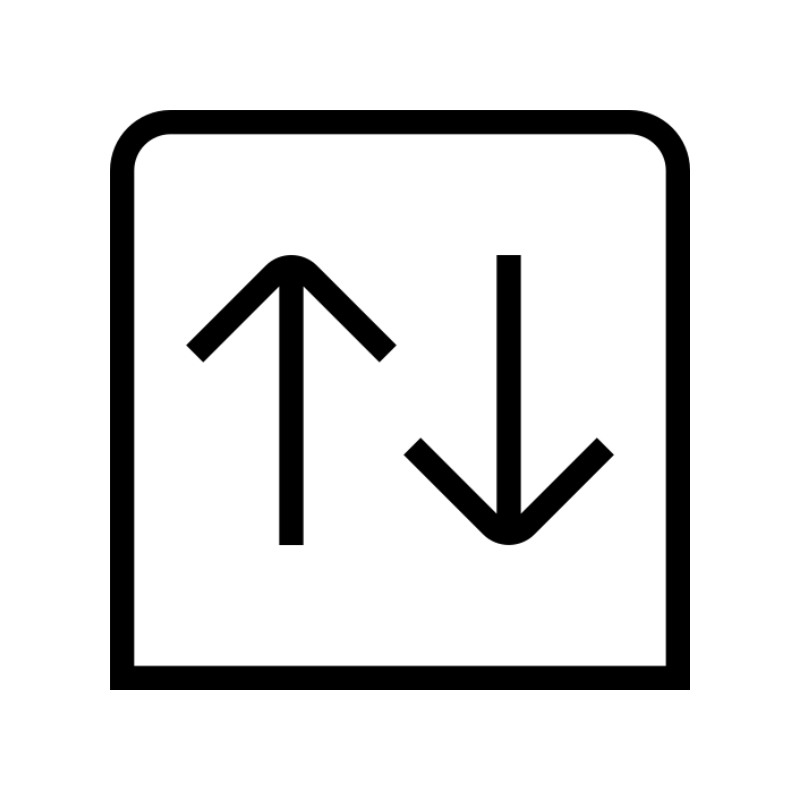 CO ZA Domains
CO ZA Domains All DomainsExplore domain names from over 324 TLDs globally – all in one place
All DomainsExplore domain names from over 324 TLDs globally – all in one place Free Whois Lookup Tool South Africa
Free Whois Lookup Tool South Africa VPS
VPS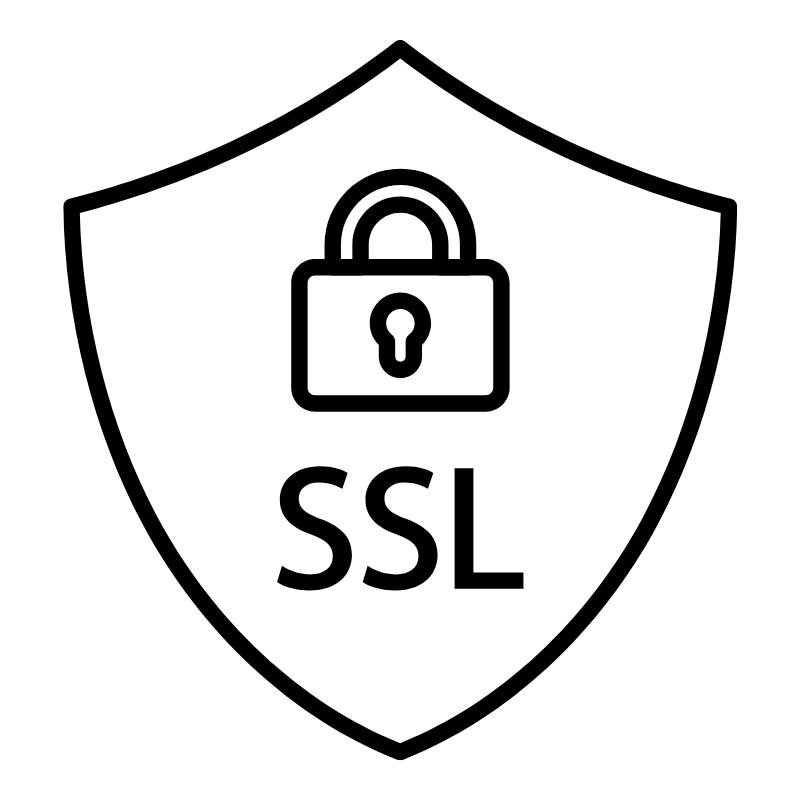 SSLs
SSLs